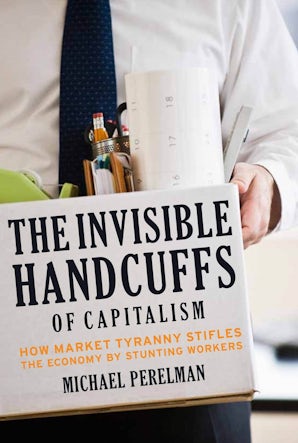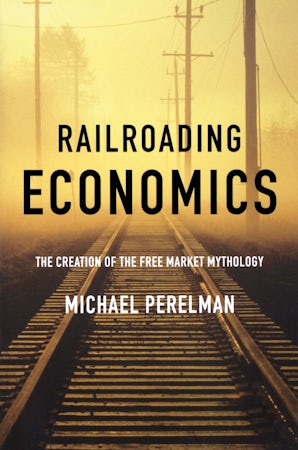Also in this issue
- Aspects of Class in the United States: An Introduction
- Hurricane Katrina: The Race and Class Debate
- The Pedagogy of Oppression: A Brief Look at 'No Child Left Behind'
- Women and Class: What Has Happened in Forty Years?
- The Retreat from Race and Class
- The Power of the Rich
- Harder Times: Undocumented Workers and the U.S. Informal Economy
- Class: A Personal Story
- Six Points on Class
- Remembering John Kenneth Galbraith
Books by Michael Perelman
The Invisible Handcuffs of Capitalism
by Michael Perelman
Railroading Economics
by Michael Perelman



